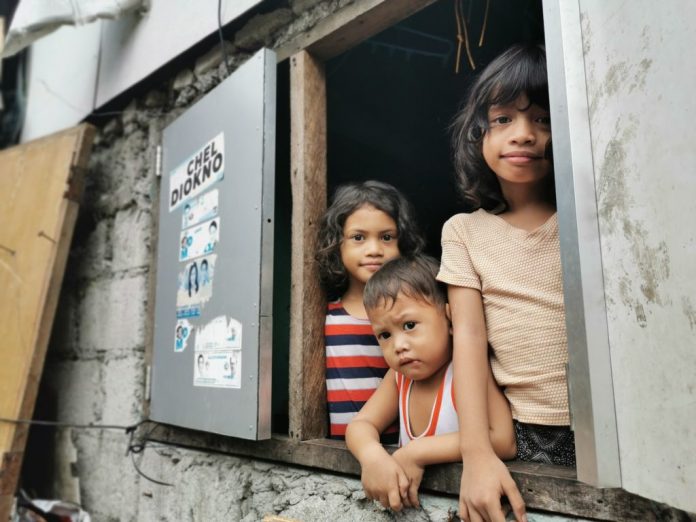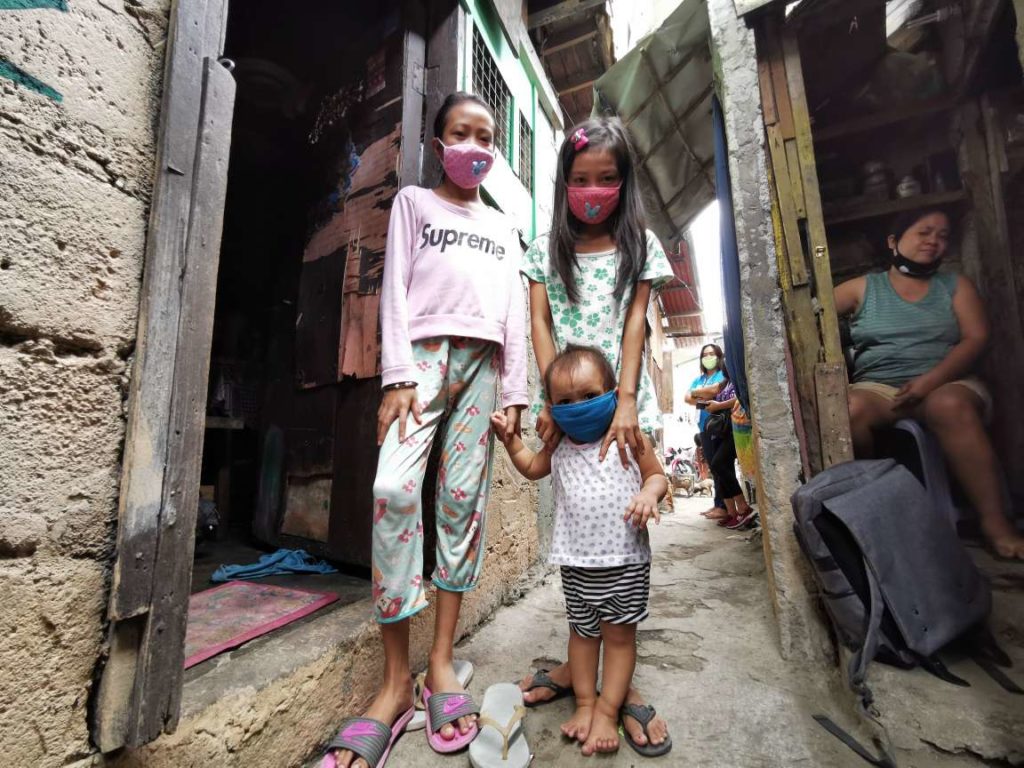
UNLESS the world acts fast, 2020 risks being a year of irreversible and lost progress especially to teenage girls across the world who are pushed further into poverty, exploitation, and risks of dying from childbirth as a result of the COVID-19 pandemic.
In the “Global Girlhood 2020: COVID-19 and Progress in Peril” report of Save the Children, analysis showed that a dramatic surge in child marriage and adolescent pregnancy is anticipated, with up to an additional 2.5 million girls at risk of child marriage over five years and adolescent pregnancies expected to rise by up to one million in 2020 due to the economic impacts of the COVID-19 crisis.

“The pandemic means more families are being pushed into poverty, forcing many girls to work to support their families, to go hungry, to become the main caregivers for sick family members, and to drop out of school – with far less of a chance than boys of ever returning,” said Inger Ashing, chief executive officer of Save the Children International.
“Every year, around 12 million girls are married, two million before their 15th birthday. Half a million more girls are now at risk of this gender-based violence this year alone – and these only are the ones we know about. We believe this is just the tip of the iceberg,” added Ashing.
Atty. Alberto Muyot, chief executive officer of Save the Children Philippines, said the prolonged community quarantine, school closures, and decline in household income exacerbate the lingering problem on teenage pregnancy in the country.
“Early pregnancy robs teenage girls of their childhood, and deprives them of their right to survival, education and a future. Children, especially girls, remain at the sideline of the global COVID-19 response, yet, they face the worst impact of the pandemic that threatens their lives and destroys their future,” said Muyot.
Prior to the pandemic, teenage pregnancy in the Philippines has already affected 5.9 percent of girls aged 15-19 years which is the second highest rate in Southeast Asia after Laos (6.33 percent), according to the 2019 Save the Children End of Childhood report. It estimated that 300,000 girls will either give birth or have already done so.
Thus, teenage pregnancy has been tagged as a “National Social Emergency” by former Socioeconomic Planning Secretary Ernesto Pernia citing about 1.2 million adolescents having children yearly, some of them as young as 10 years old.
The global report also cited that teenage girls in the poorest households are far more likely to become pregnant during adolescence than those in the richest households in some countries.
It is also alarming that children are also more at risk of sexual exploitation and abuse when quarantine measures trap them with their abusers at home, and as a result of their families’ loss of income. Recently in Cebu, a woman and her live-in partner were arrested for live streaming a girl’s sexual abuse in exchange for money. In Luzon, seven children aged seven to 14 were rescued from a cybersex trafficking den. Four of them are the suspect’s own children. These are only two of the rescue operations that occurred since the declaration of community quarantines.
Dr. Amado Parawan, Health and Nutrition Advisor of Save the Children Philippines said early pregnancy remains the top cause of deaths among girls aged 15-19 as their bodies are not yet prepared for pregnancy and childbirth.
“Adolescents are still considered children. We cannot allow children to have children. Aside from being very dangerous, teenage mothers will be deprived to enjoy their childhood. Preventing early pregnancy among adolescents is protecting children’s rights.”
Save the Children Philippines also raised concern that girls are more likely to miss out on education once they are taken out of school as they face sexual exploitation and/or expected to take on the responsibility of taking care of their families.
“We call on the government to enhance its data collection system and invest on programs to improve the lives of children in order to reverse the worst outcomes of COVID-19, especially for adolescent girls, and enable lasting positive change in their lives,” said Muyot.
The coronavirus emergency continues to be an overwhelming challenge in the Philippines as the national government extends the localized general and enhanced community quarantines. However, while the government implements necessary measures to combat the spread of disease, these have brought unintended consequences with significant impacts to children.
In a study conducted from March to April 2020, World Vision International consulted 101 children from 13 countries, including the Philippines, to learn about their perceptions regarding the COVID-19 pandemic. The survey concluded that the main concerns for children are school disruptions, emotional distress, and increasing poverty.
Temporary school closures, although necessary for their safety during the outbreak, deprive children of opportunities for learning and development. Loss of livelihood due to movement restrictions leaves families with little or no income, and dependent on government subsidy (if available to them).
These factors are also causing children emotional distress, as they cope with the “new normal.” Seventy-one percent of the children consulted by World Vision feel lonely or isolated due to school closures. Ninety-one percent of the respondents feel emotional distress or are troubled due to isolation or social distancing, and the uncertainty of how long the crisis will last./PN










